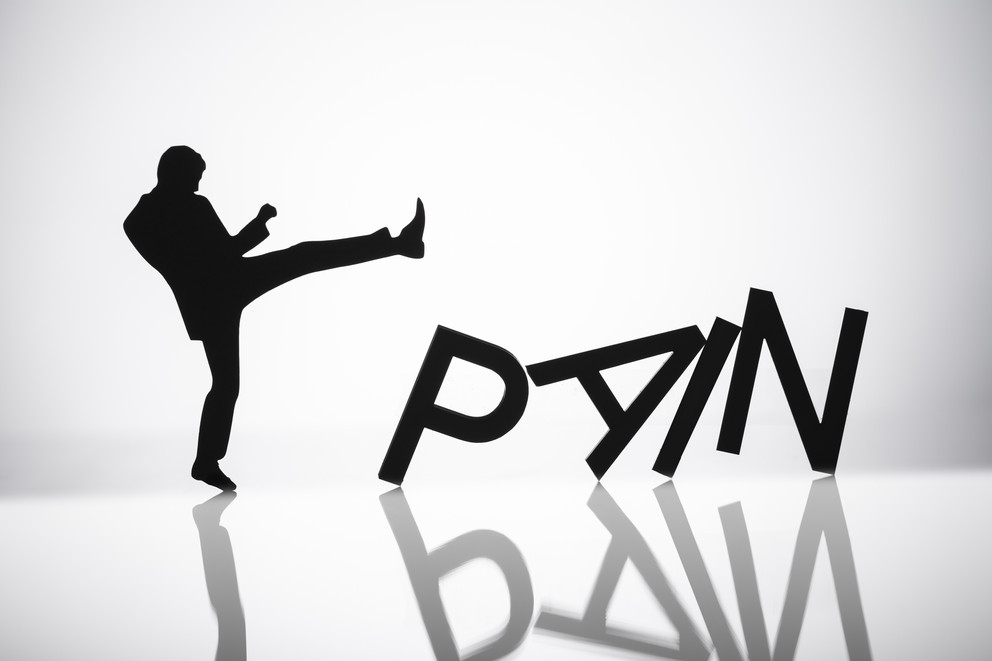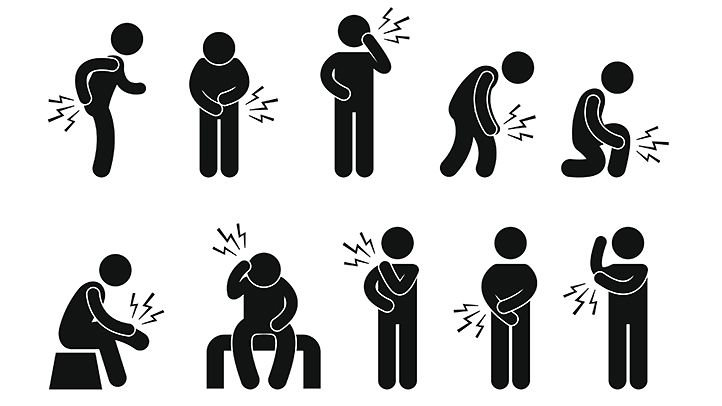Functionalism, a theory of mind denoted in Philosophy, explains that a particular mental state depends on its functions rather than its internal constituents. In the discussion of pain, functionalism theory supports the idea that the experience of the mental state of pain is caused by bodily injury. One first experiences the perception of pain and then takes action toward it. Thinking and reacting to pain stimuli rely on higher mental functions like cognition and neurophysiological processes. Based on various cultural and psychological factors, people develop different mental states when dealing with pain. While pain functions to highlight an injury, its experience highly depends on one’s mental state of beliefs and thought processes.
According to the tissue damage hypothesis, pain functions to alert us about possible damages done to our tissues and any other issues in our bodies. By just being informed of tissue damage, one is unable to experience the pain that accompanies it. Naturally, pain also provokes the desire to stay out of an environment or event to limit the experience of pain, a concept known as pain being aversive. Pain triggers one to remove oneself from the source that causes pain through activating the sympathetic nervous system, which exhibits signs of anxiety, fight or flight response, or freeze reaction. The aversiveness of pain suggests that not all sources of pain result in tissue damage. Although pain can be caused by tissue damage, it is not simply a representation of tissue damage. The subjectivity of pain shows that pain is not just to represent, or provide information about, the world because the perception of pain can vary from one person or event to another.
How could one bring subjectivity of pain sensation to informational processing of tissue damage in neural terms? To answer this question, Klein proposes the imperative theory of pain as an alternative to the tissue damage hypothesis. The Imperative Theory goes on to explore the aversiveness of pain. Klein explains that pain is a sensation with the aim to command one to stay away from situations where the occurrence of bodily damage is possible. The body commands to protect one from any damage or aggravation of existing damage through the experience of pain. However, the body does not inform one to stay away from the cause of pain. As the urgency to remove the source of the pain, not identifying it, is the first course of action. Upon pain perception, one should immediately refrain oneself from the pain source to feel better and maintain bodily homeostasis.
The Tissue Damage Hypothesis of Pain
- Pain is objective.
- Pain is caused by tissue damage.
- Pain constitutes our perception of tissue damage.
How can we explain pain in the absence of physical injuries or identifiable tissue damages?
Sometimes people experience pain in the absence of tissue damage or any pathophysiological cause. In such cases, the pain is said to be caused by psychological reasons. Usually, it is difficult to distinguish the experience of pain caused by tissue damage or psychological causes, suggesting subjectivity of pain. As defined by the International Association for the Study of Pain, both the physiological and psychological bases of pain are valid.
The Imperative Theory of Pain
- Pain is a content-bearing state.
- The contents of pain are structurally organized.
- The states of pain have a motivating element to them.
- Pains are the body’s distinctive commands.
- Pains are imperative.
What about maladaptive, phantom, and un-motivating pains? Check out this blog post by Colin Klein, where he responds to these objections.
Sources:
- Aydede, M. (2019, March 04). Pain. Retrieved from https://plato.stanford.edu/entries/pain/
- Klein, C. (2007). An Imperative Theory of Pain. Journal of Philosophy,104(10), 517-532. doi:10.5840/jphil2007104104



What is your opinion about kratom? It is said to have ability to heal chronic pain. try to read this: https://www.borneohale.com